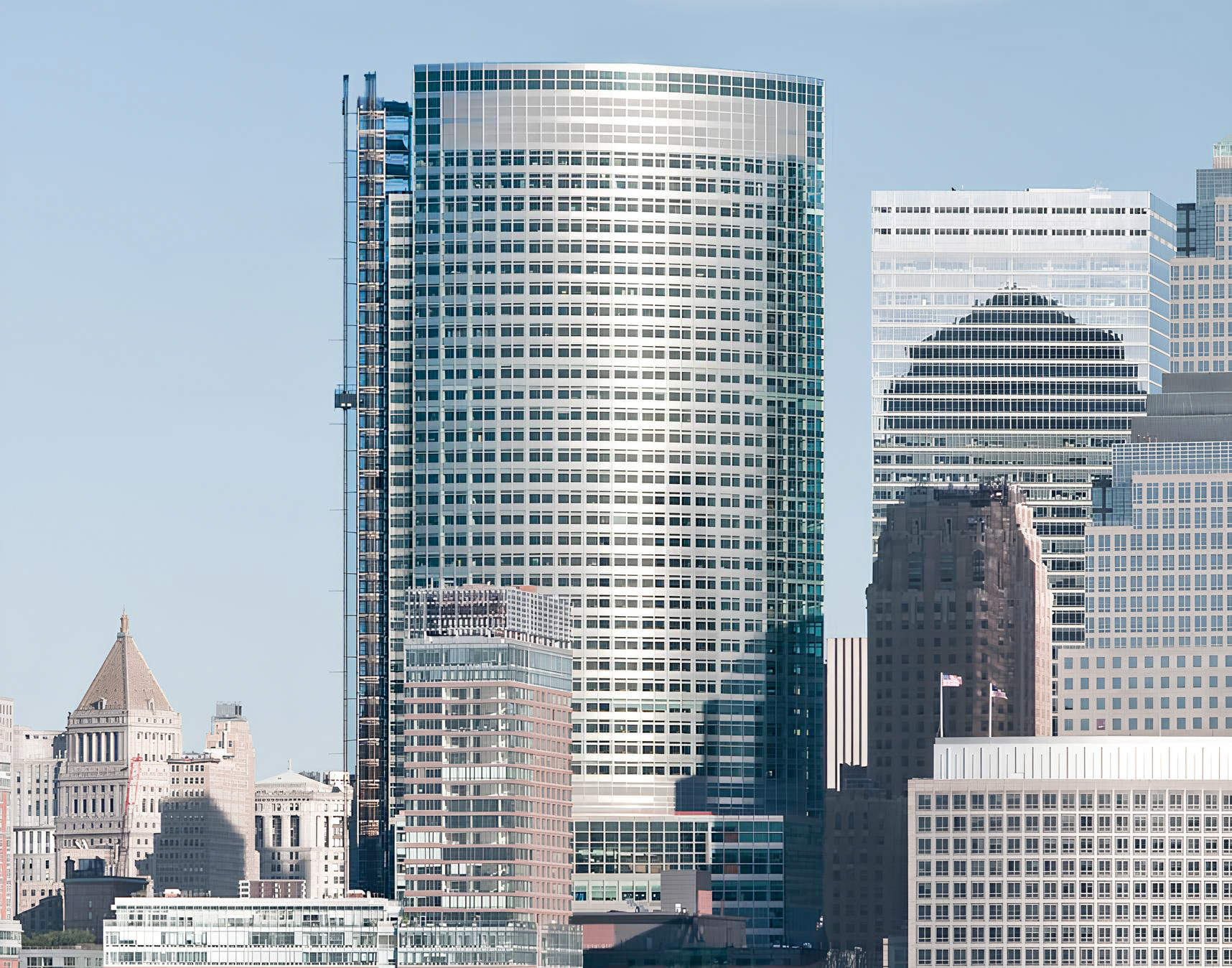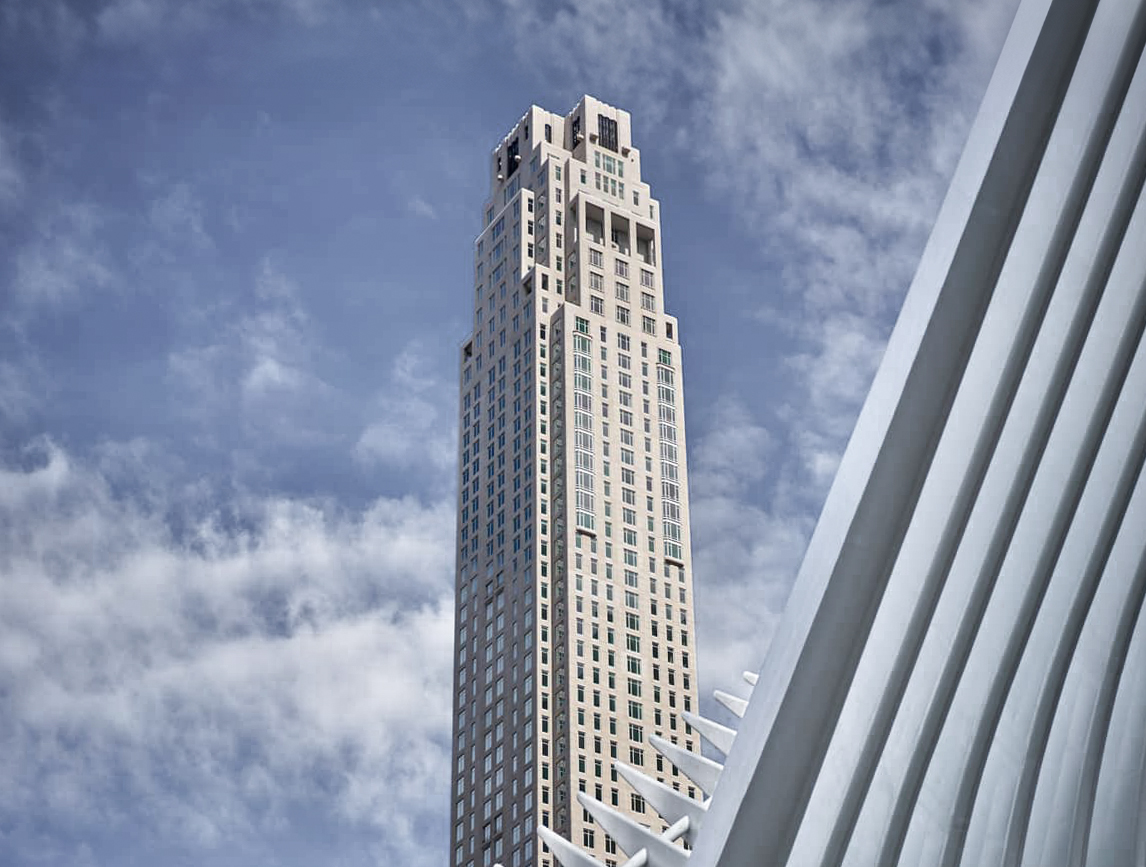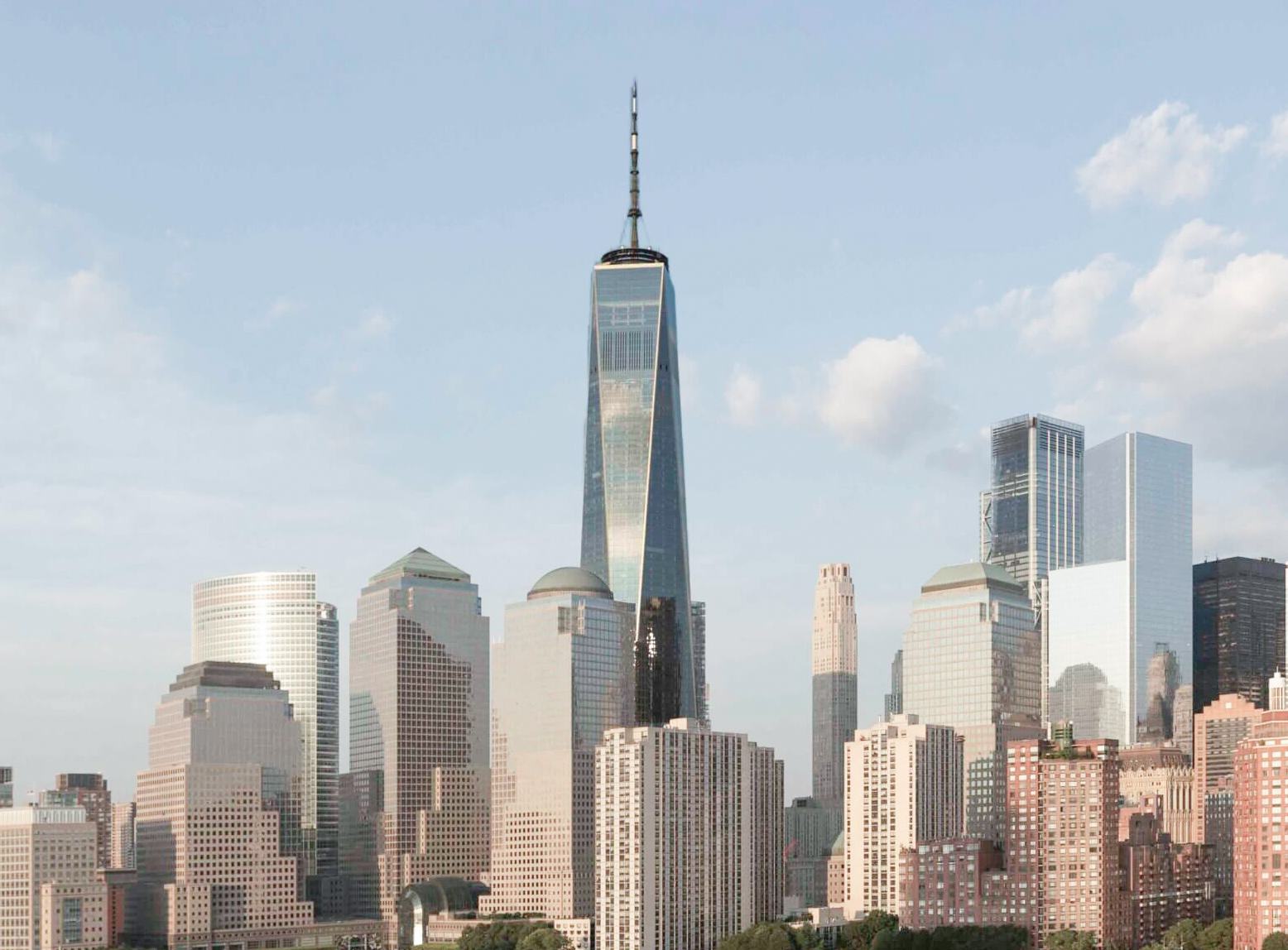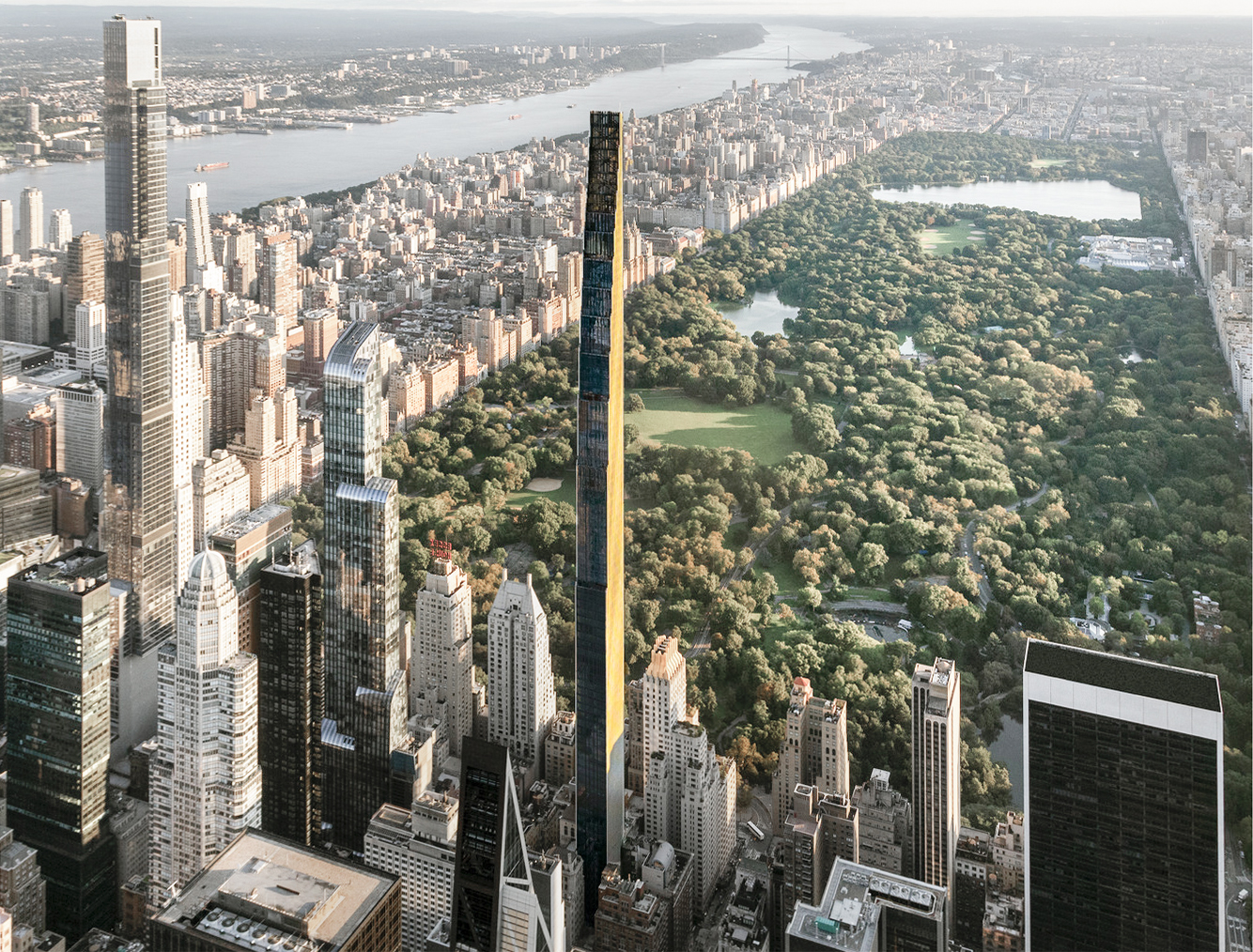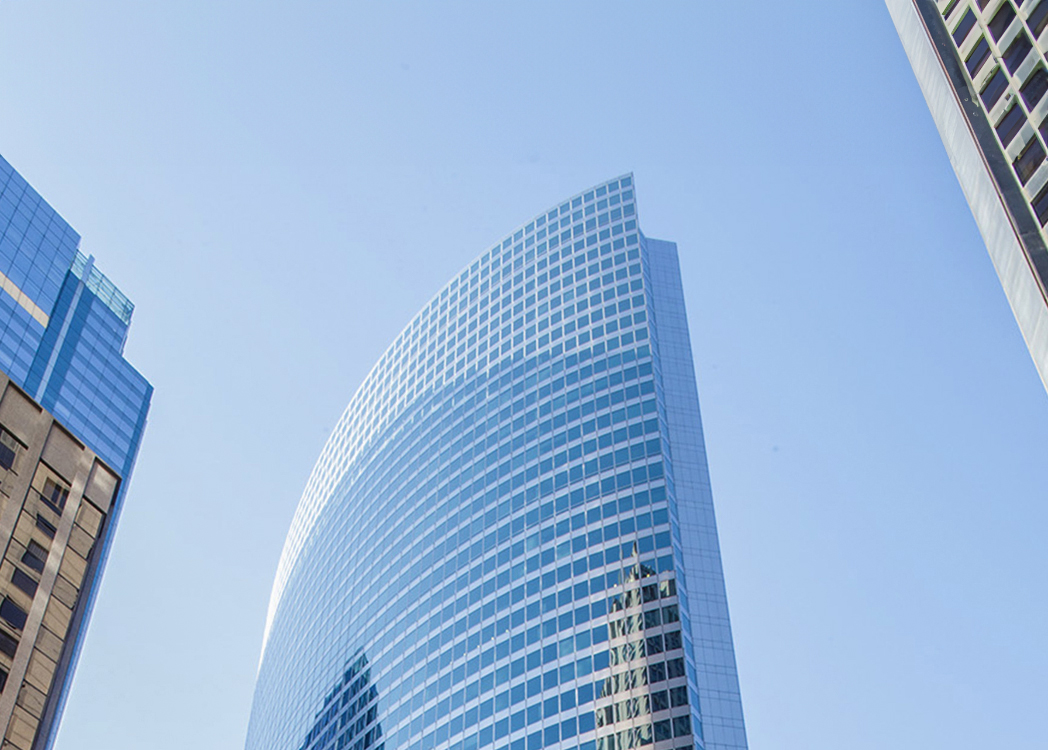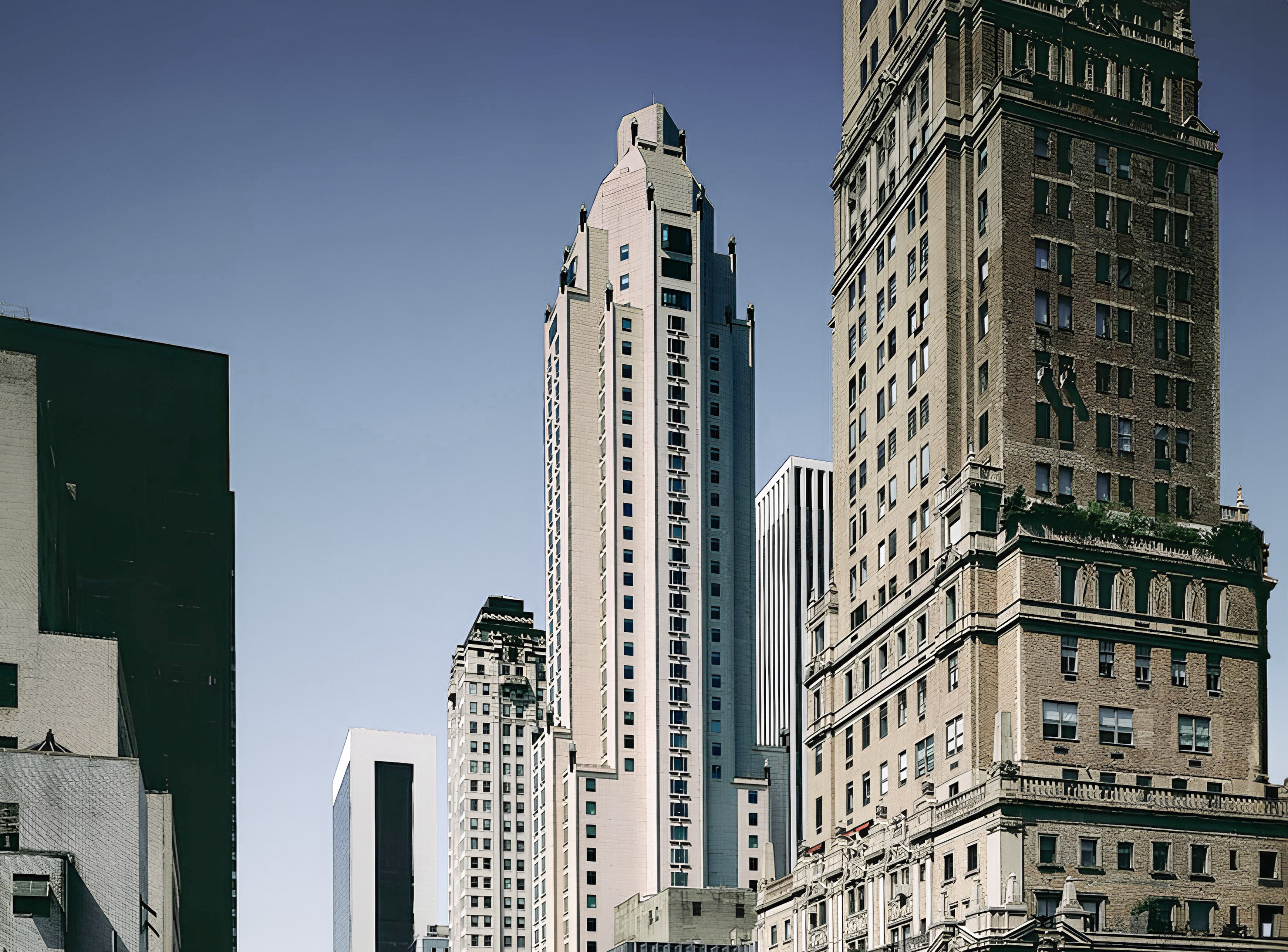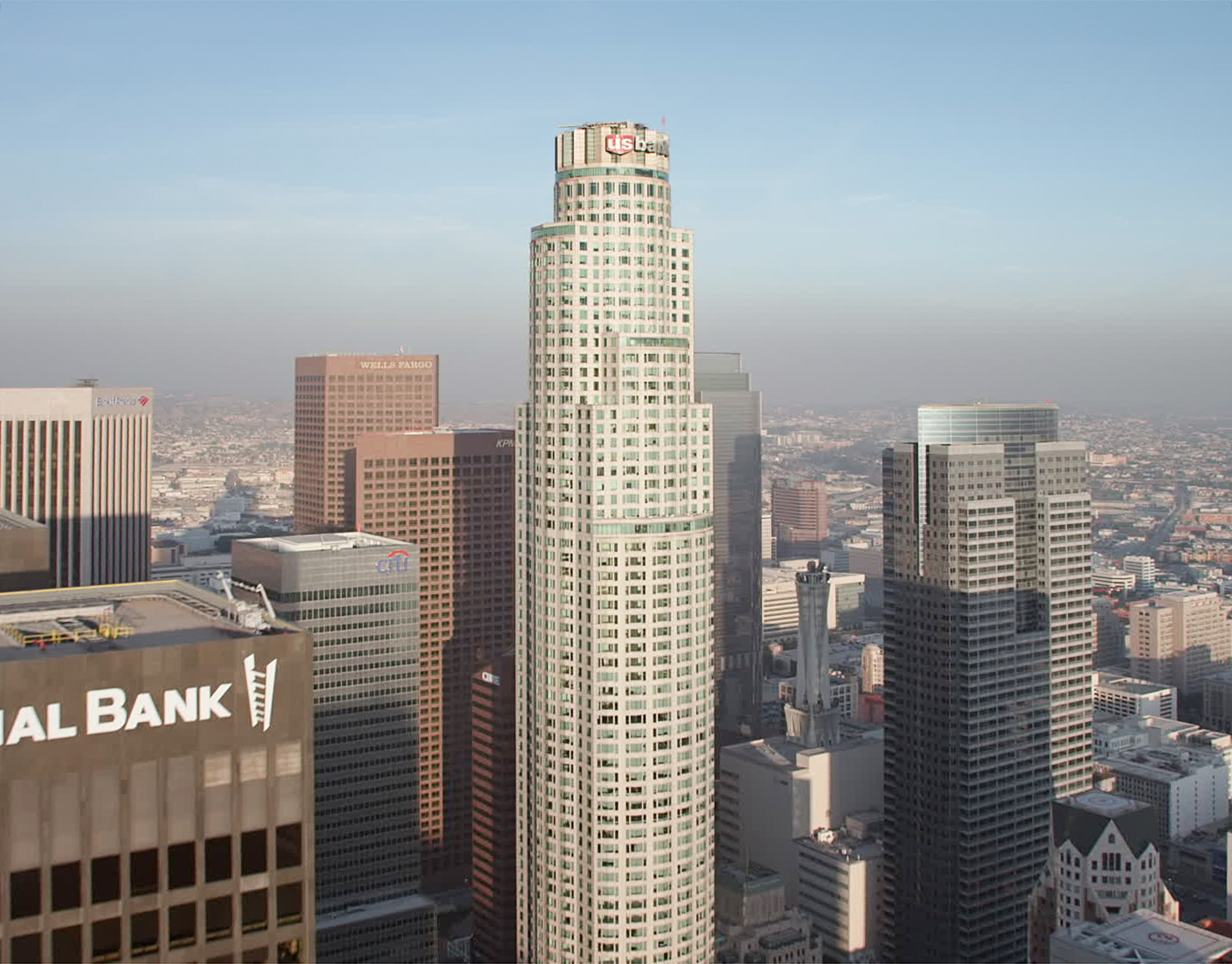The building also features a 350-seat auditorium, a conference floor, and a fitness center.
And on the double-height 11th floor, is the Sky Lobby, a social space with views over the city that also serves as a transitional zone between the operations core and the corporate offices.
